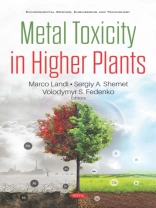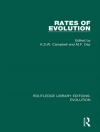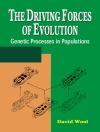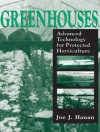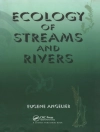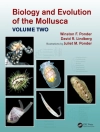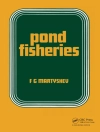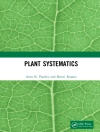Metals are important environmental pollutants and their toxicity is a problem of increasing significance for ecological, nutritional, and environmental reasons. These pollutants, ultimately derived from a growing number of diverse anthropogenic sources (industrial effluents and wastes, urban runoff, sewage treatment plants, boating activities, agricultural fungicide runoff, domestic garbage dumps, and mining operations), have progressively affected more and more different ecosystems. Even agricultural lands are progressively becoming enriched of metals due to long-term use of phosphatic fertilizers, sewage sludge application, dust from smelters, industrial waste and bad watering practices in agricultural lands. Among these metals, Cu, Fe, Mn, Mo and Zn are pivotal micronutrients, while Ag, As, Cd, Cr, Hg, Pb, Sb and V and are non-essential for plants and have no known function as nutrients and seem to be more or less toxic to all plants and microorganisms. Sodium excess deserves particular attention. Several agricultural lands are indeed becoming familiar with the problem of salinization, due to the use of fresh water which contains a high level of Na Cl or due to intensive fertilization, especially in arid and semi-arid environments characterized by poor rainfalls. Overall, the presence of both essential and non-essential metals in the atmosphere, soil and water, in excessive amounts, can cause serious problems to all organisms. Knowledge of plant-metal interactions is important for the safety of the environment, but also for reducing the risks associated with the introduction of trace metals into the food chain. Although intense research has been conducted during the last 30 years, many aspects remain to be clarified concerning the effect of metals in higher plants. Our goal for this book is to critically review existing literature related to the specific effects of different metals in plants, as well as to provide new evidence about plant-metal interactions in order to clarify mechanisms of metal uptake, translocation, and partitioning and the effect of metal toxicity. Consequences related to accumulation of metals in food products have been described. Physiological and biochemical mechanisms adopted by plants to cope with metal excess and possible implications for phytoremediation of metal-contaminated soils are also discussed. Therefore, we believe that this book will provide a comprehensive overview regarding some aspects of metal toxicity in plants and it will be useful for scientist working in this field of research, but it will also be of practical interest to environmentalists, policy-makers, and resource managers working on the topic.
Marco Landi
Metal Toxicity in Higher Plants [PDF ebook]
Metal Toxicity in Higher Plants [PDF ebook]
Buy this ebook and get 1 more FREE!
Language English ● Format PDF ● Pages 268 ● ISBN 9781536167900 ● Editor Marco Landi ● Publisher Nova Science Publishers, Inc. ● Published 2020 ● Downloadable 3 times ● Currency EUR ● ID 8123212 ● Copy protection Adobe DRM
Requires a DRM capable ebook reader
